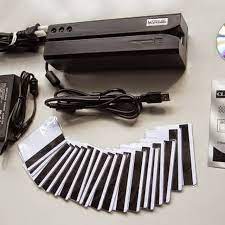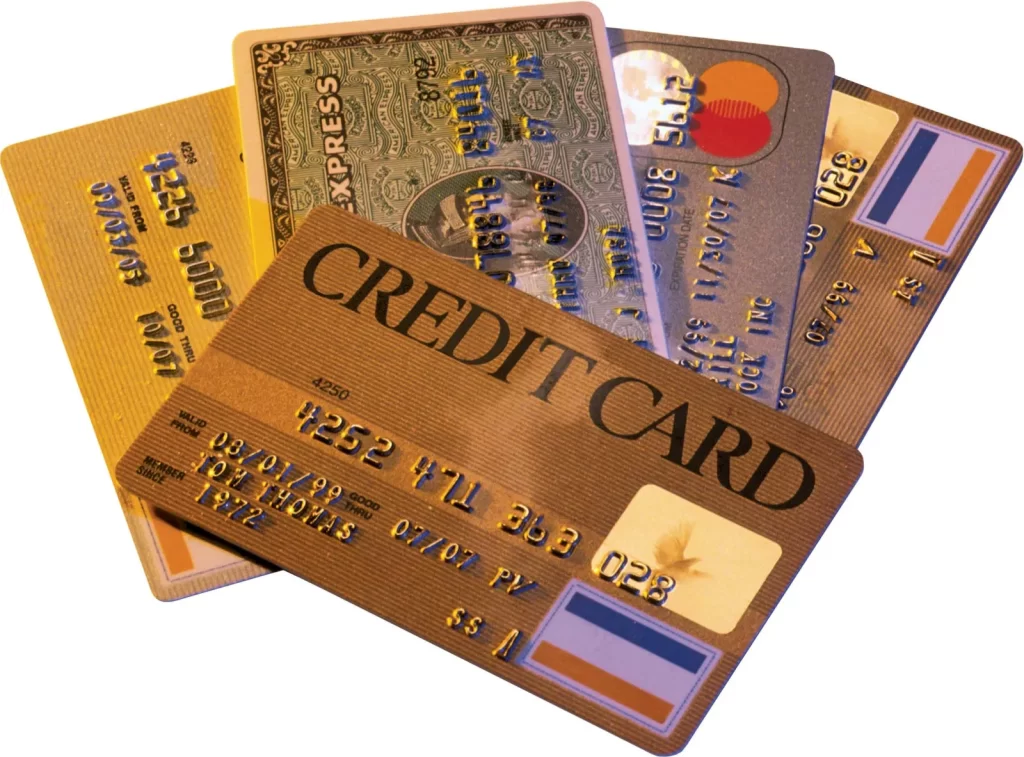How to make Track1 from Track2 Share From alphabanklog Carders
How to make Track1 from Track2
Are you interested in learning how to make Track1 data from Track2 data? This guide will provide you with a step-by-step process to help beginners understand the conversion process. By the end of this article, you’ll have a clear understanding of the differences between Track1 and Track2 data, the tools and techniques involved, and the benefits and risks associated with using dumps with Pin. So let’s dive in and explore the fascinating world of card data manipulation.
Introduction
When it comes to credit card data, Track1 and Track2 are two essential components. These tracks contain encoded information that is crucial for processing card transactions. While Track2 data is primarily used for authorization and transaction purposes, Track1 data holds additional cardholder information. Making Track1 from Track2 can provide more comprehensive data that can be utilized for various purposes.

Understanding Track1 and Track2 Data
Definition and Purpose of Track1 Data
Track1 data is the first track of information encoded on a magnetic stripe of a credit or debit card. It contains the cardholder’s name, account number, expiration date, and other relevant data. Track1 data is mainly used for identification and authentication purposes, allowing card readers and systems to verify the cardholder’s information.
Definition and Purpose of Track2 Data
Track2 data, on the other hand, is the second track of information on the magnetic stripe. It primarily contains the card’s account number, encrypted PIN, and other necessary data for processing transactions. Track2 data is used for authorization, ensuring that the cardholder has sufficient funds and the correct PIN to complete a transaction.
Differences Between Track1 and Track2 Data
To effectively make Track1 from Track2, it’s essential to understand the differences between these two types of data.
Data Format and Structure
Track1 data is typically longer and more complex than Track2 data. It contains alphabetic characters, numeric digits, and special characters, all encoded in a specific format. In contrast, Track2 data consists mainly of numeric digits and special characters.
Information Contained
While Track2 data primarily contains the account number and encrypted PIN, Track1 data includes additional cardholder information, such as the cardholder’s name and expiration date. This extra data provides a more comprehensive profile of the cardholder.
Obtaining Track1 and Track2 Data
Before learning how to make Track1 from Track2, it’s essential to understand the sources of these data types and the legal and ethical considerations involved.
Sources of Track1 and Track2 Data
Track1 and Track2 data can be obtained from various sources, including legitimate card transactions, database breaches, or illegal activities such as card skimming or hacking. However, it is crucial to note that obtaining card data illegally is strictly prohibited and unethical.
Making Track1 from Track2
Now let’s explore the process of making Track1 data from Track2 data. This conversion process can provide you with additional information that can be beneficial for certain purposes.
Importance and Benefits
Making Track1 from Track2 expands the available information beyond the account number and encrypted PIN. This additional data can be useful for identity verification, fraud detection, or other specific applications where more comprehensive cardholder information is required.
Tools and Techniques
To make Track 1 from Track 2, various tools and techniques are available. These tools often involve specialized software that can analyze, extract, and manipulate the encoded data. By utilizing these tools, you can convert Track2 data into Track1 format seamlessly.
Using Dumps with Pin
Dumps with Pin are another aspect closely related to Track1 and Track2 data. These dumps contain information extracted from the magnetic stripe of a credit or debit card, including both Track1 and Track2 data.
What are Dumps with Pin?
Dumps with Pin refer to the extracted information from the magnetic stripe of a card, including the PIN associated with that card. These dumps can be used for unauthorized transactions or other malicious purposes if obtained illegally. However, it’s crucial to note that using dumps with Pin illegally is strictly prohibited and unethical.
Advantages
Using dumps with Pin can offer certain advantages, such as gaining access to additional cardholder information or bypassing certain security measures.
Step-by-Step Guide
Take the example of the last dump Track2 (this is a dump):
Example dump info: 4888603170607238=15051011203191805191 PATACSIL/DAVID Bank
of America, N.A. (USA) CREDIT PLATINUM United States of America

4888603170607238=15051011203191805191 <—-This is Track 2 (we want to make Track 1 out of Track 2)
—the name of the cardholder (LASTNAME/FIRSTNAME)
Bank of America, N.A. <– Bank Name
(USA) <— Country of Bank
CREDIT <– Credit or Debit ( in this case it is Credit)
PLATINUM <–type of card, eg. Classic, Gold, Platinum
United States of America <–Country
When you see an equal sign (=) in a Track it always means it is Track 2
When you see the letter “B” in front of the Track it is always Track 1
Now to Make a Track1 From Track2 see the instructions below:
Take the Credit Card account number from Track 2 in this example it is:
4888603170607238
Add the letter “B” in the front of the number like this:
B4888603170607238
Then add the cardholder name YOU want to show on the card B4888603170607238^^(Last name first/First Name)
Next add the expiry date and service code (expiry date is YYMM in this case 1505,and in this case the 3-digit service code is 101 so add 1505101):
B4888603170607238^^1505101
Now add 10 zero’s after service code:
B488860317060723815051010000000000
Next add the remaining numbers from Track2 (after the service code):
B4888603170607238^^150510100000000001203191805191
And then add six zero (6) zeros:
B4888603170607238^^150510100000000001203191805191000000 this is your Track 1
Track 1: B4888603170607238^^150510100000000001203191805191000000
REMEMBER THIS IS ONLY FOR VISA AND MASTER CARD(16digits) , AMEX HAS 15
DIGITS, this doesn’t work for Amex
Best Practices and Tips
When engaging in any activities related to Track 1 and Track 2 data, it’s crucial to follow best practices to ensure security and accuracy.
Security Measures
- Maintain secure environments for handling card data.
- Implement encryption and other security measures to protect sensitive information.
- Comply with industry standards and regulations, such as PCI DSS (Payment Card Industry Data Security Standard).
Testing and Validating Track1 Data
- Use validation tools to verify the integrity and accuracy of the converted Track1 data.
- Perform thorough testing to ensure compatibility with card readers and systems.
Ensuring Accuracy
- Double-check the extracted data and the formatting of Track1 data to minimize errors.
- Regularly update software and tools used in the conversion process to ensure accuracy and compatibility.
Conclusion
Making Track1 from Track2 can provide valuable cardholder information beyond the standard Track2 data. However, it’s important to note that unauthorized use of credit card data is illegal and unethical. This article aimed to provide an overview of the process, emphasizing the educational aspect and ethical considerations. Always abide by the laws and regulations governing cardholder data, and engage in responsible and legal practices.
FAQs
- What tools are commonly used for making Track1 from Track2?
- Various specialized software and tools are available for analyzing, extracting, and converting Track1 from Track2 data.
- Can Track1 be used without a Pin?
- Track1 data alone may not be sufficient for certain transactions that require PIN verification. The PIN is an additional security measure.
- How can I ensure the accuracy of Track1 data?
- Perform thorough validation checks and testing procedures to ensure the integrity and accuracy of the converted Track1 data.
You can also buy instant:


Cashapp Money Transfer Click here
Paypal Money Transfer Click here
Western Union Money Transfer Click here
Venmo Money Transfer Click here
Bank Money Transfer Click here to Contact Us

